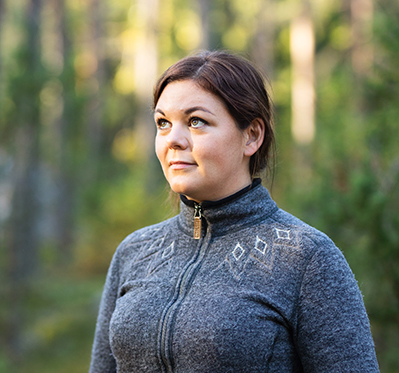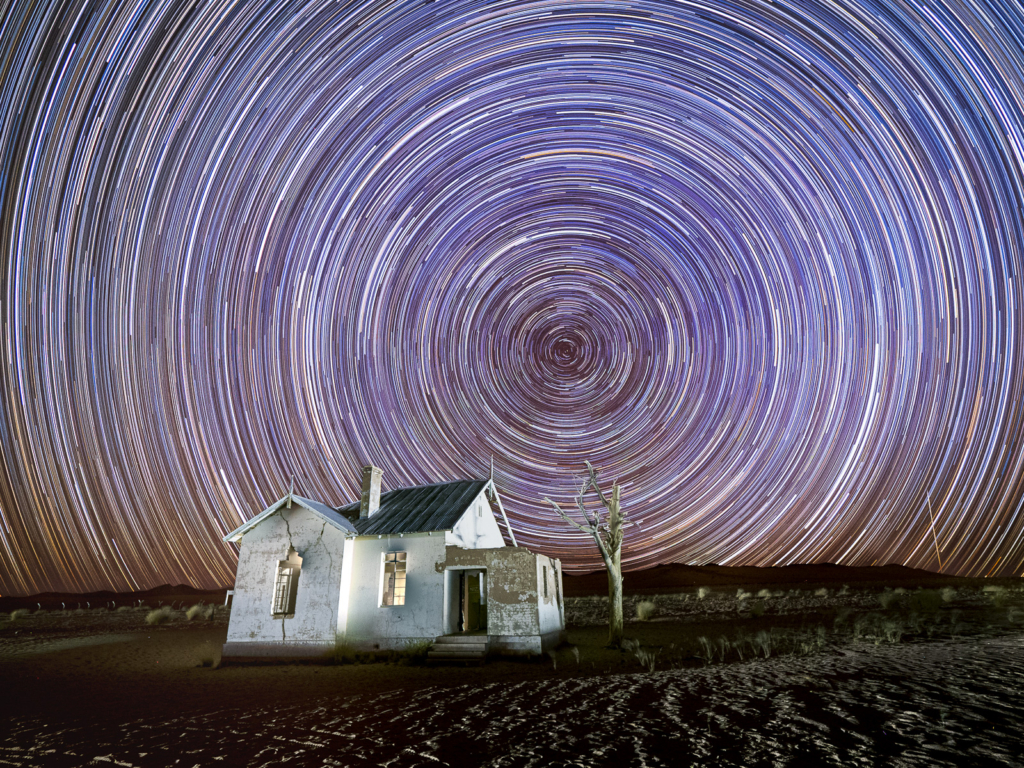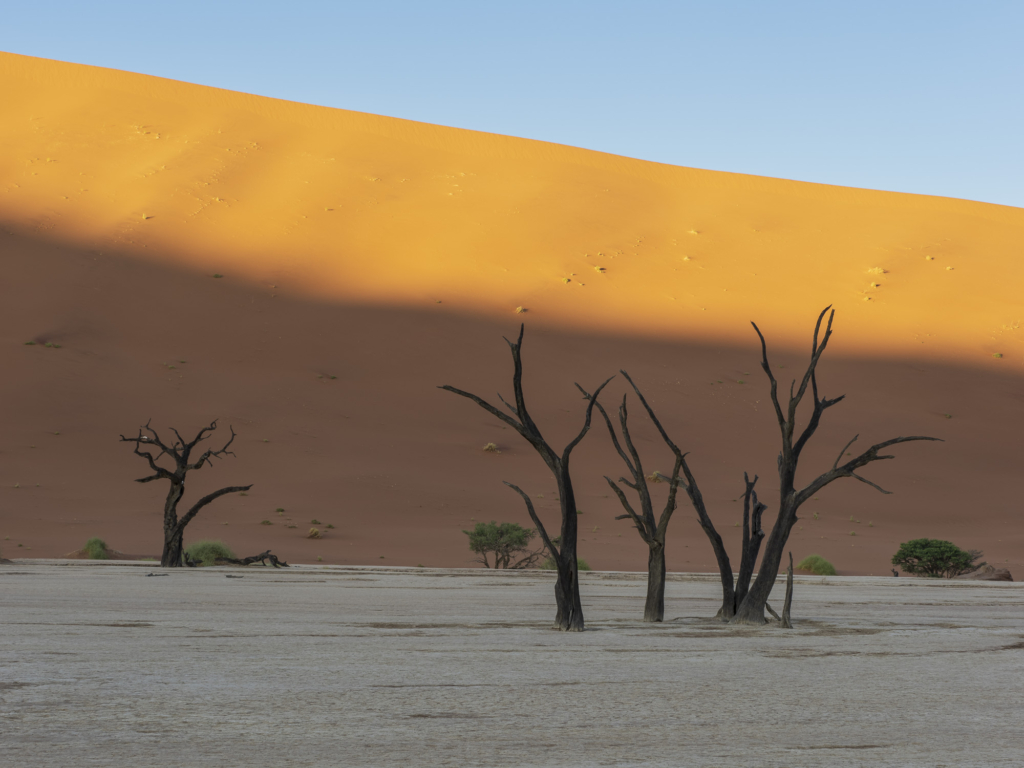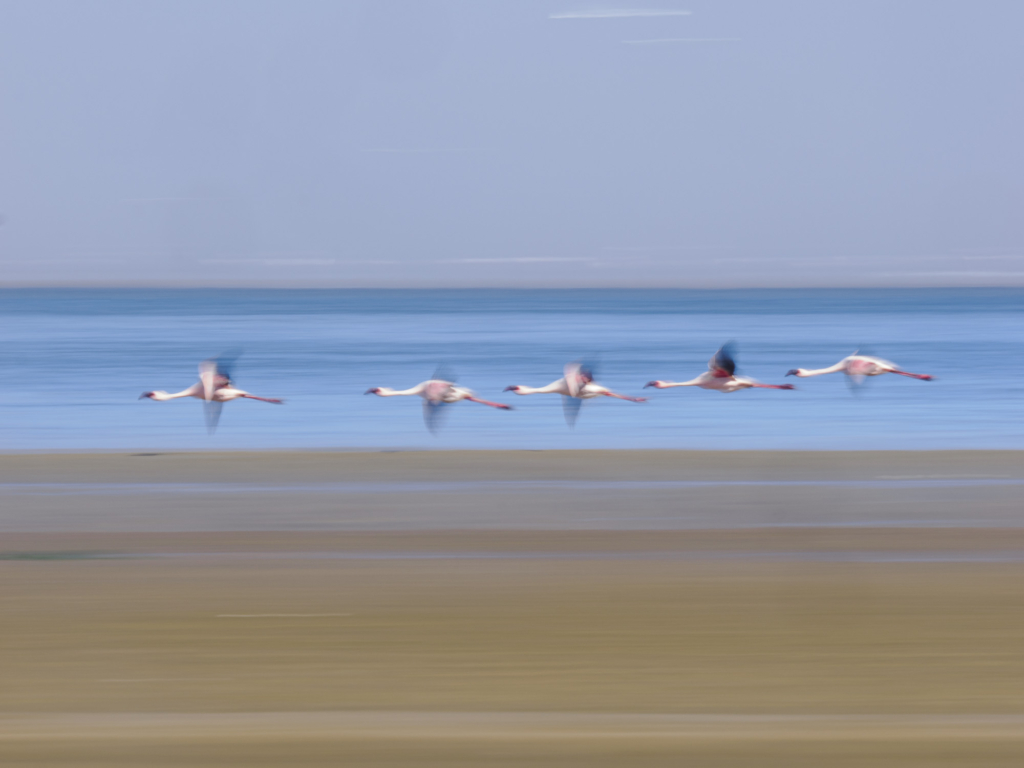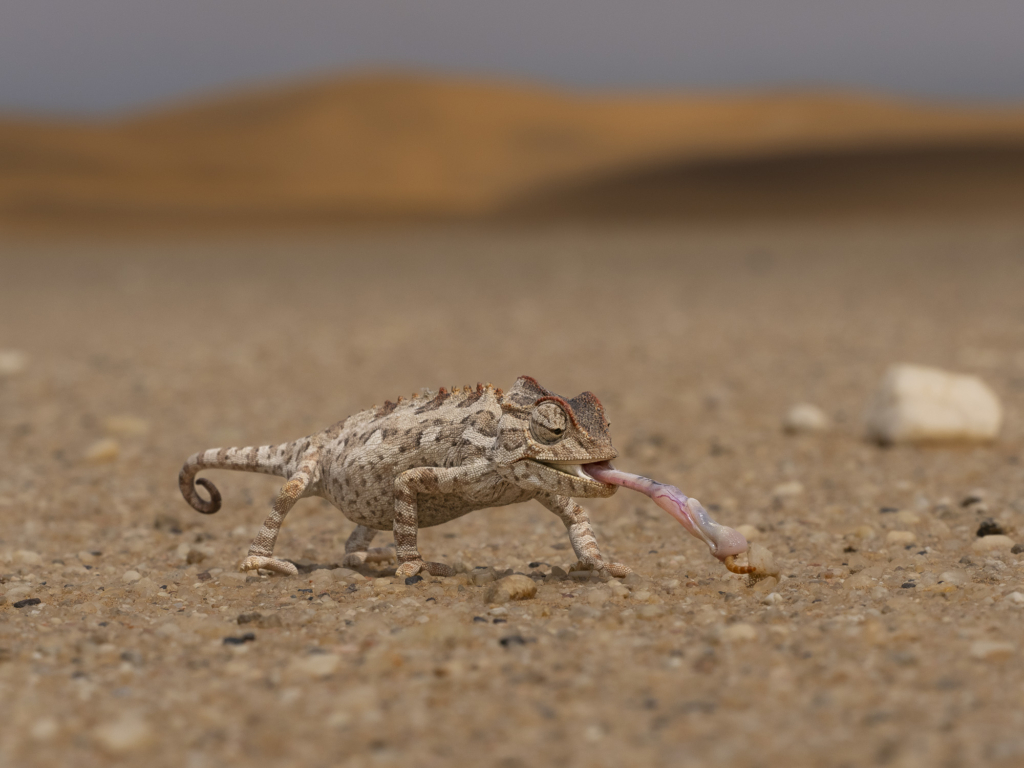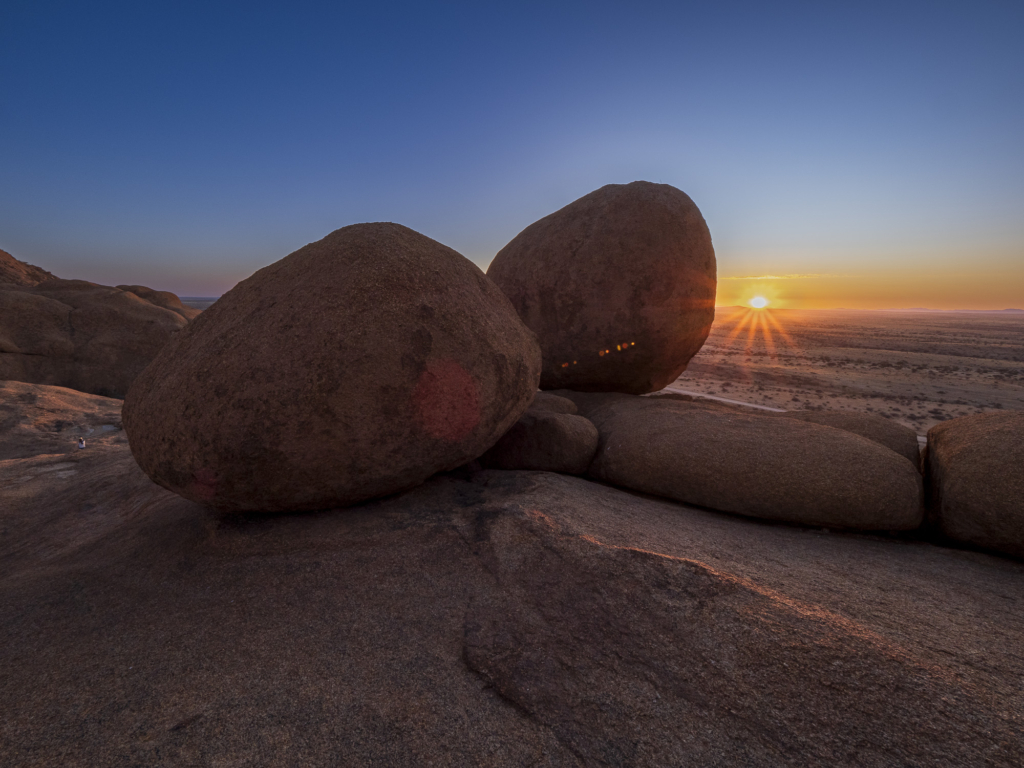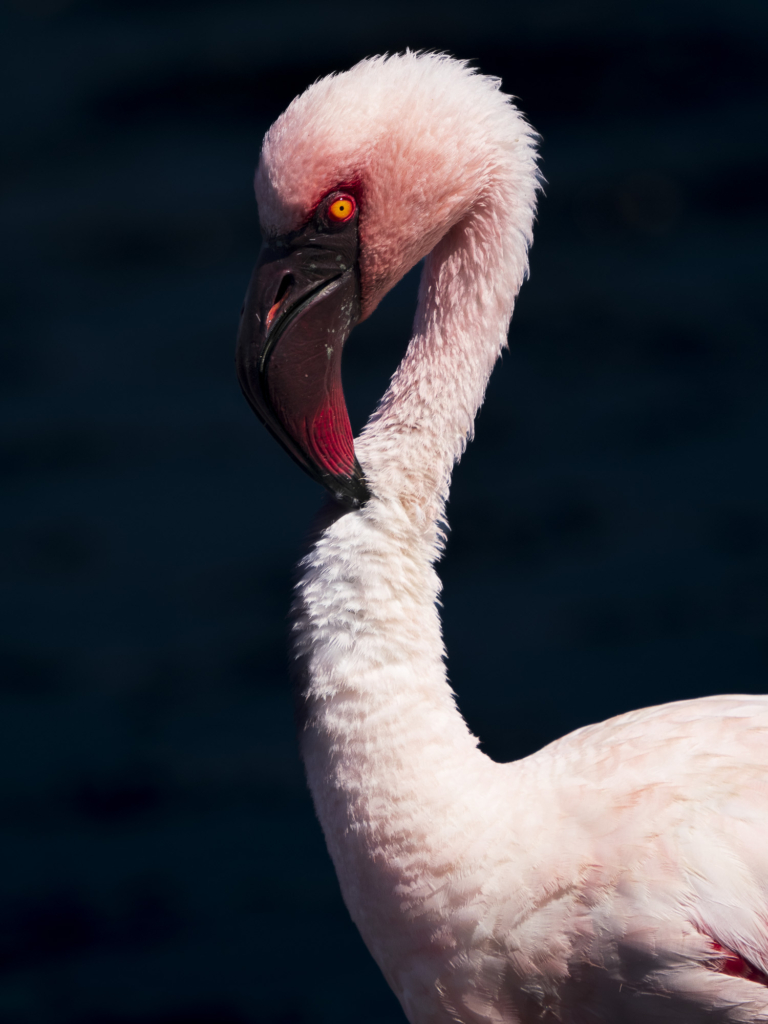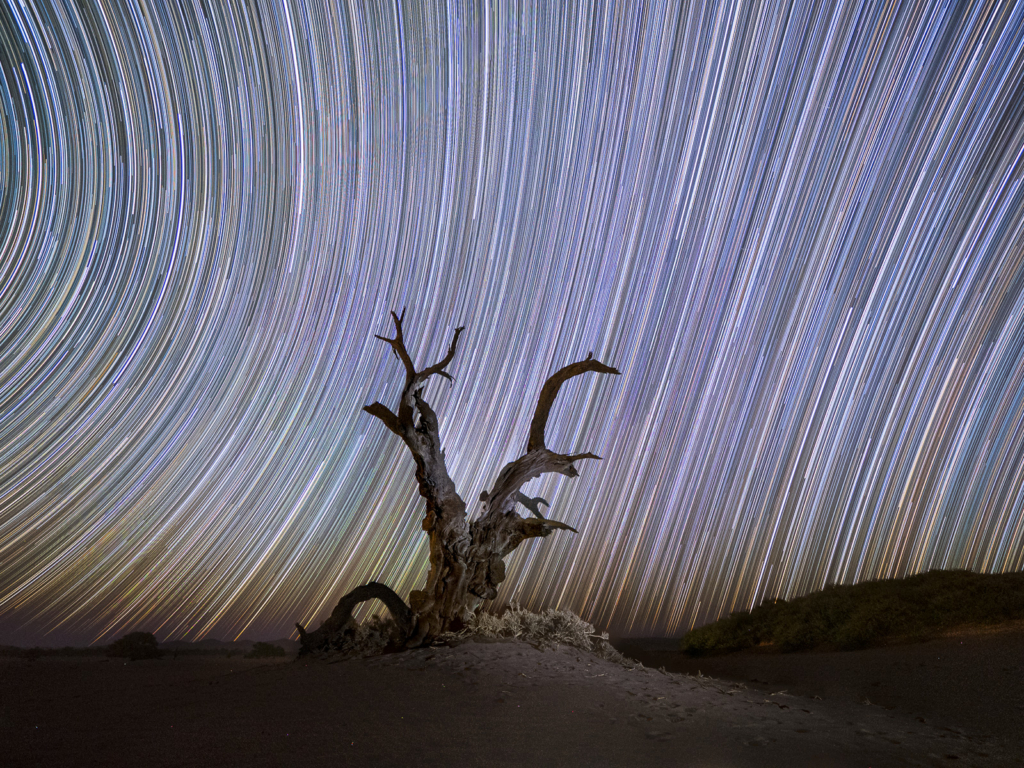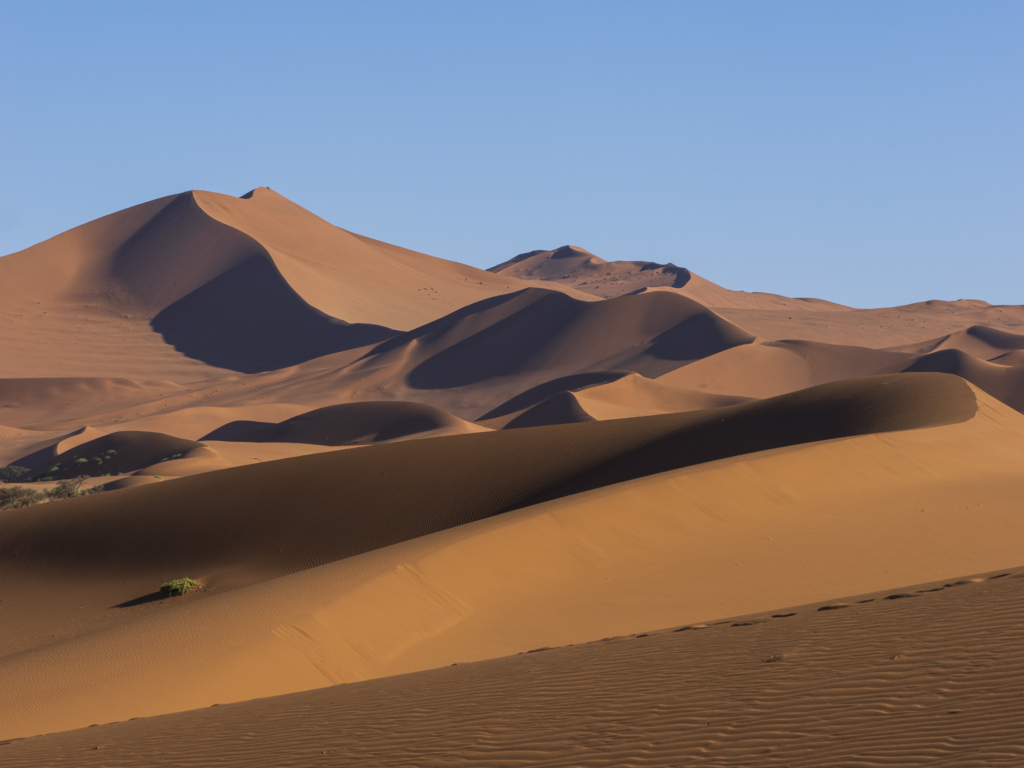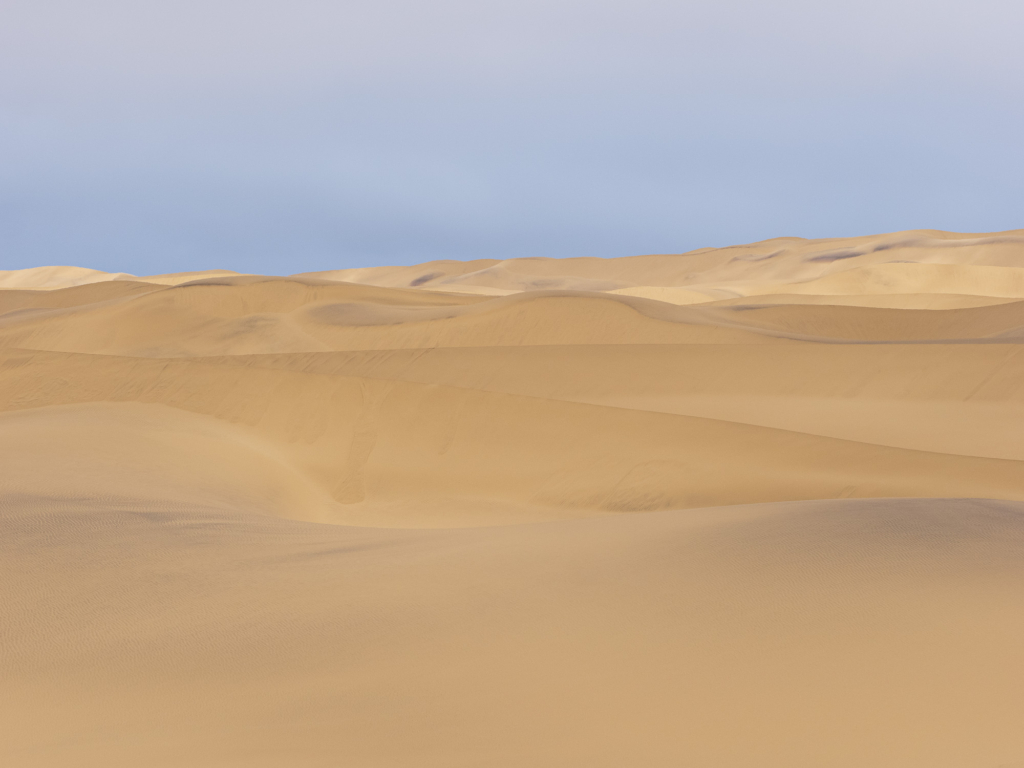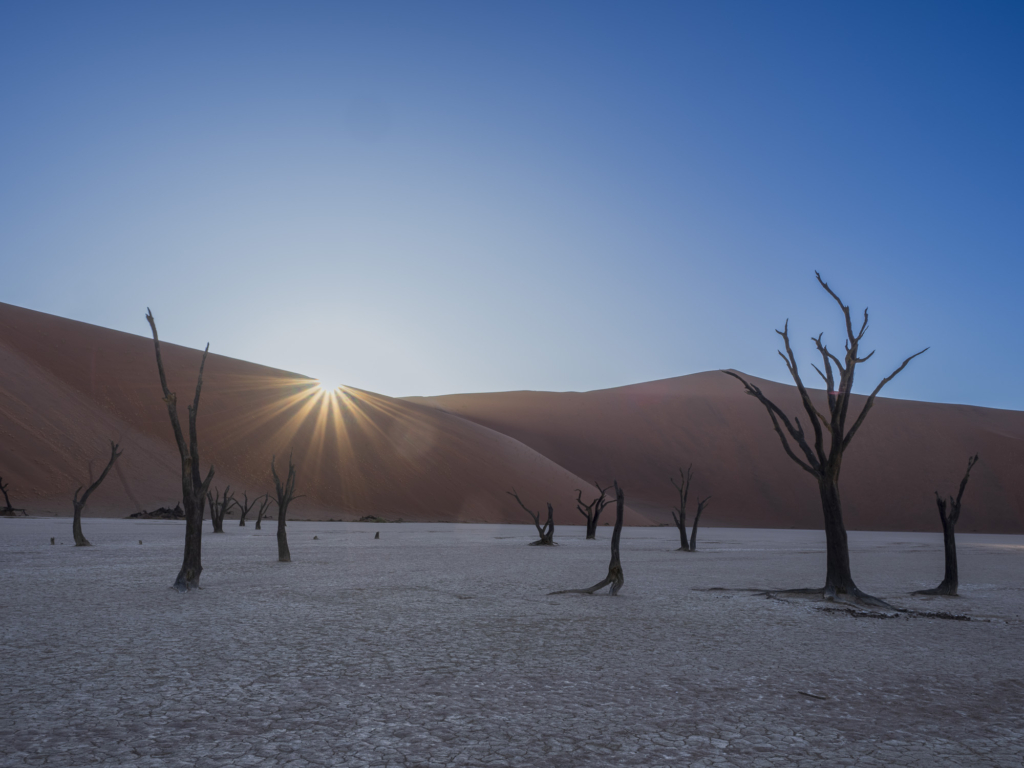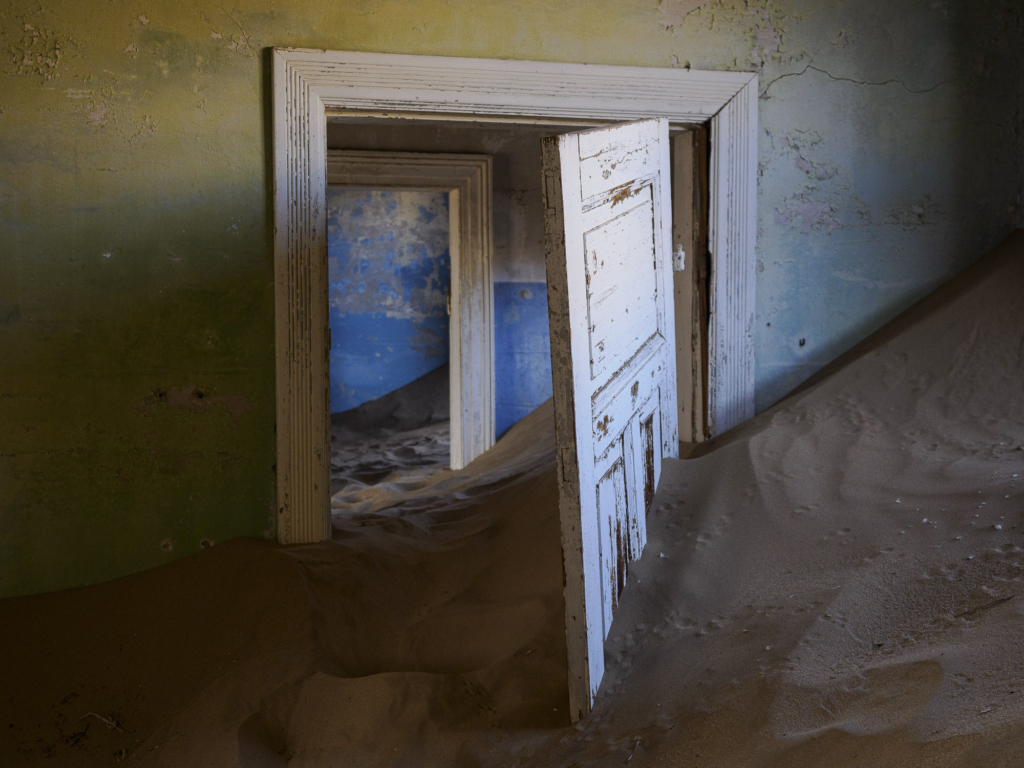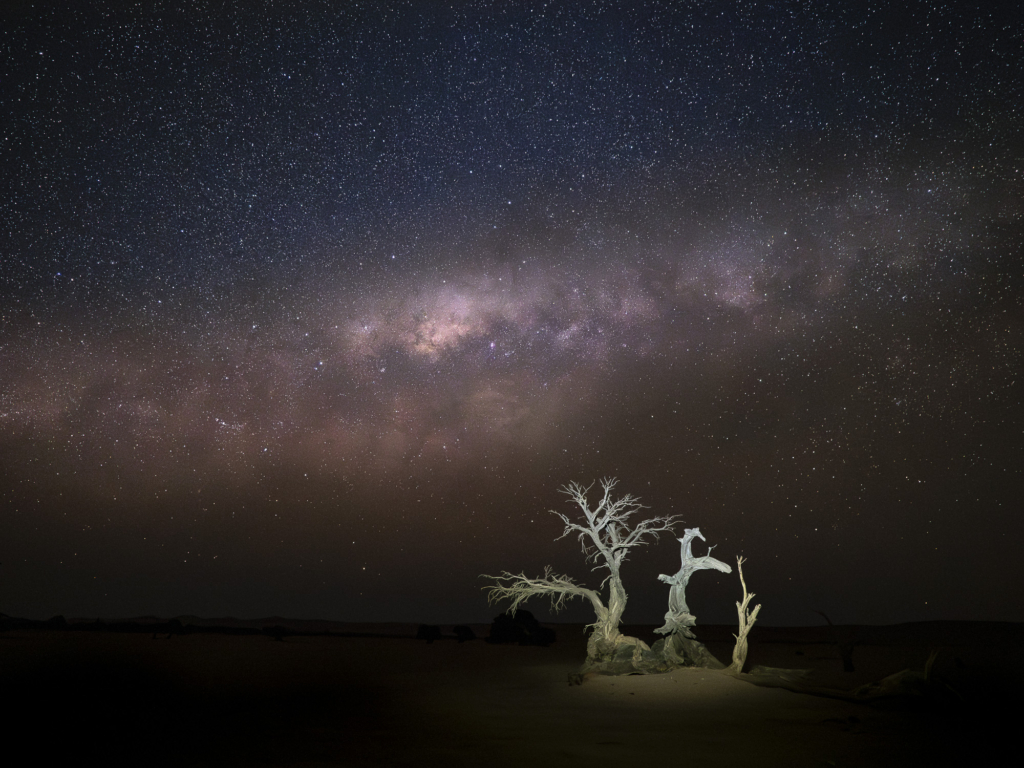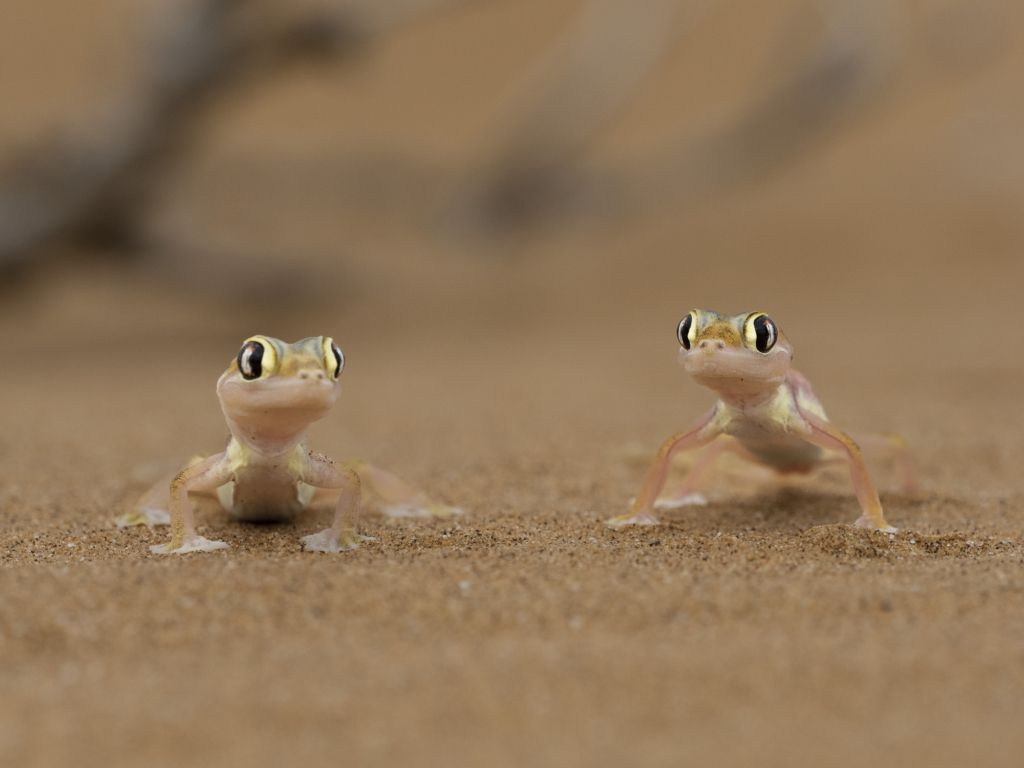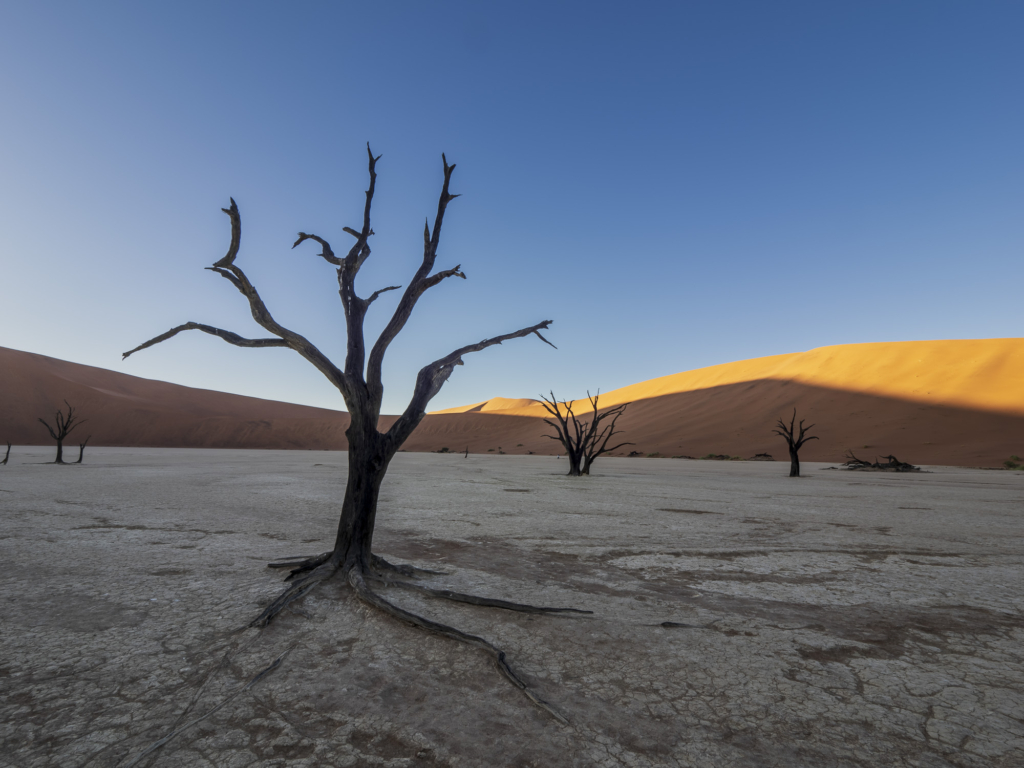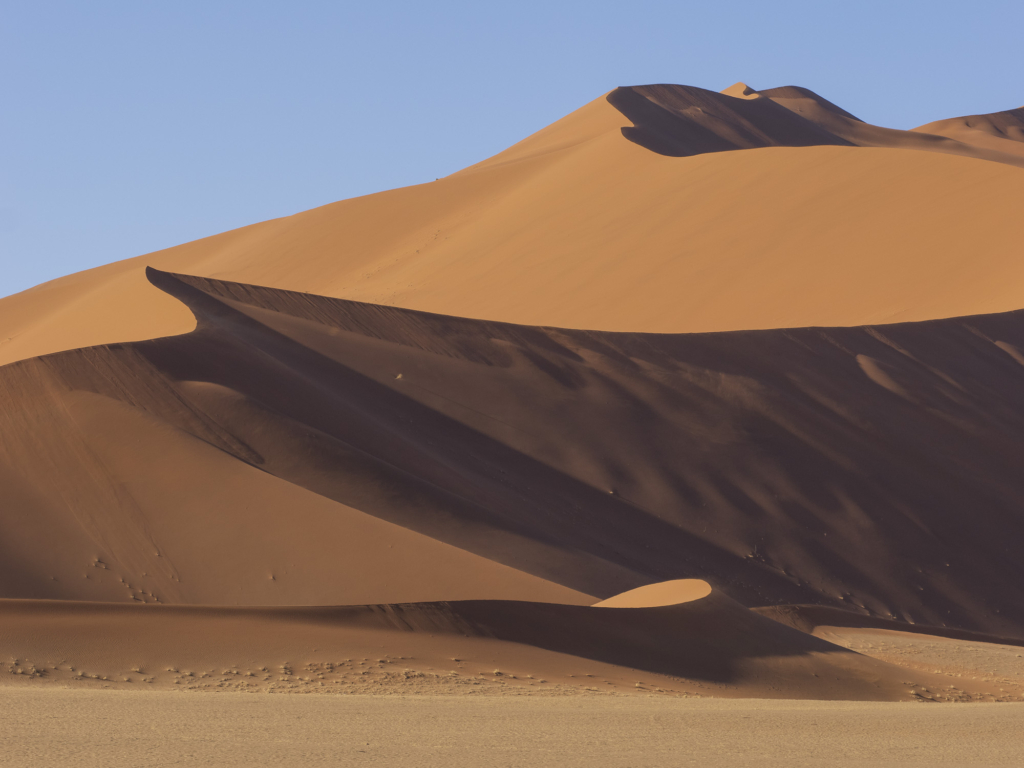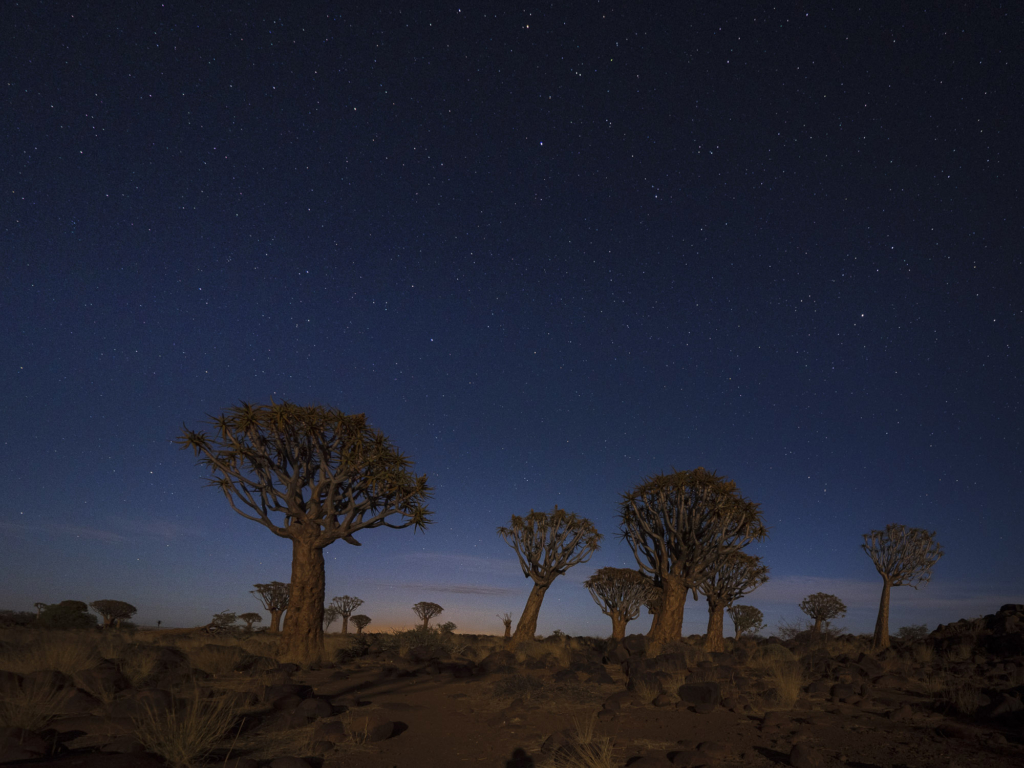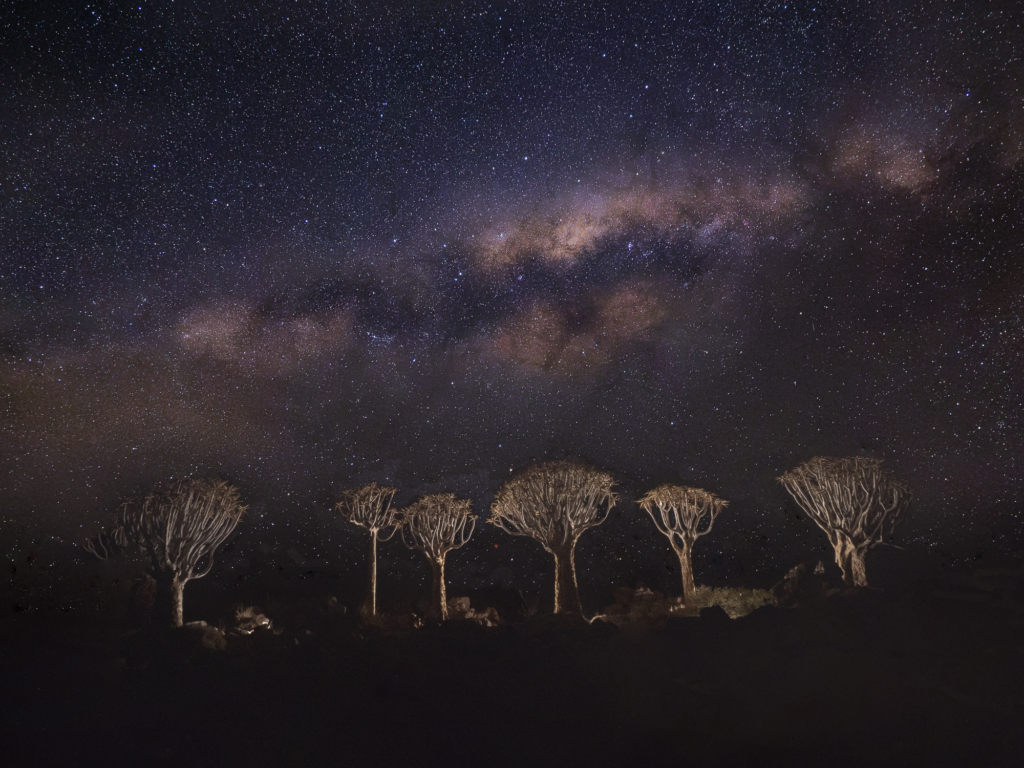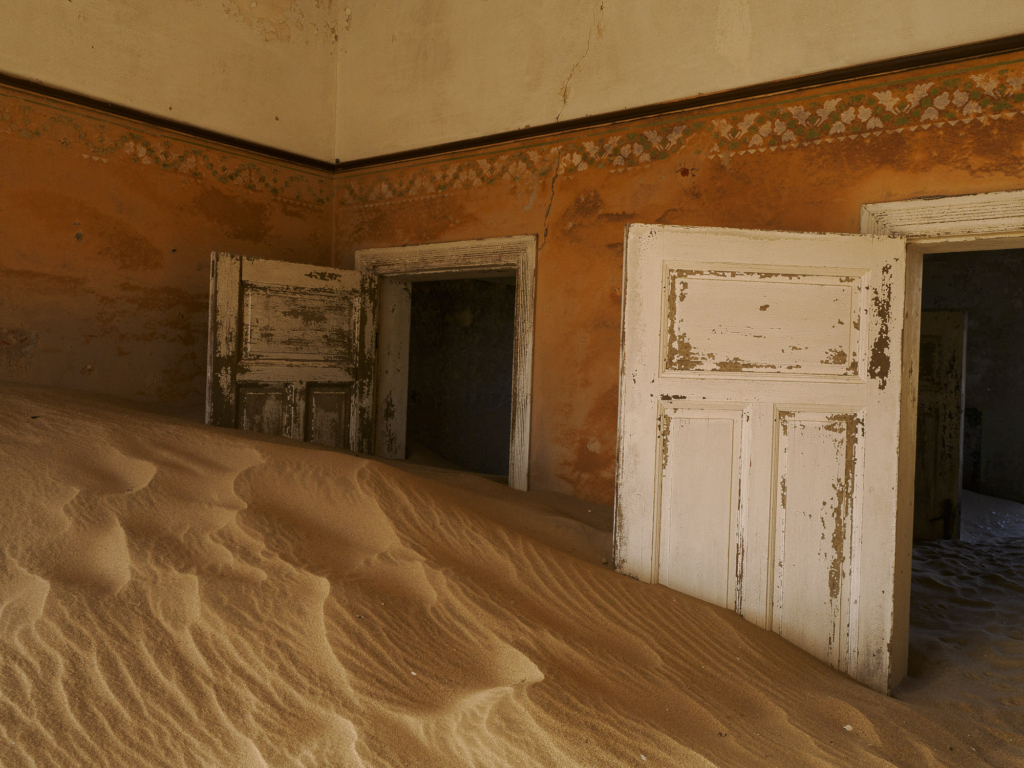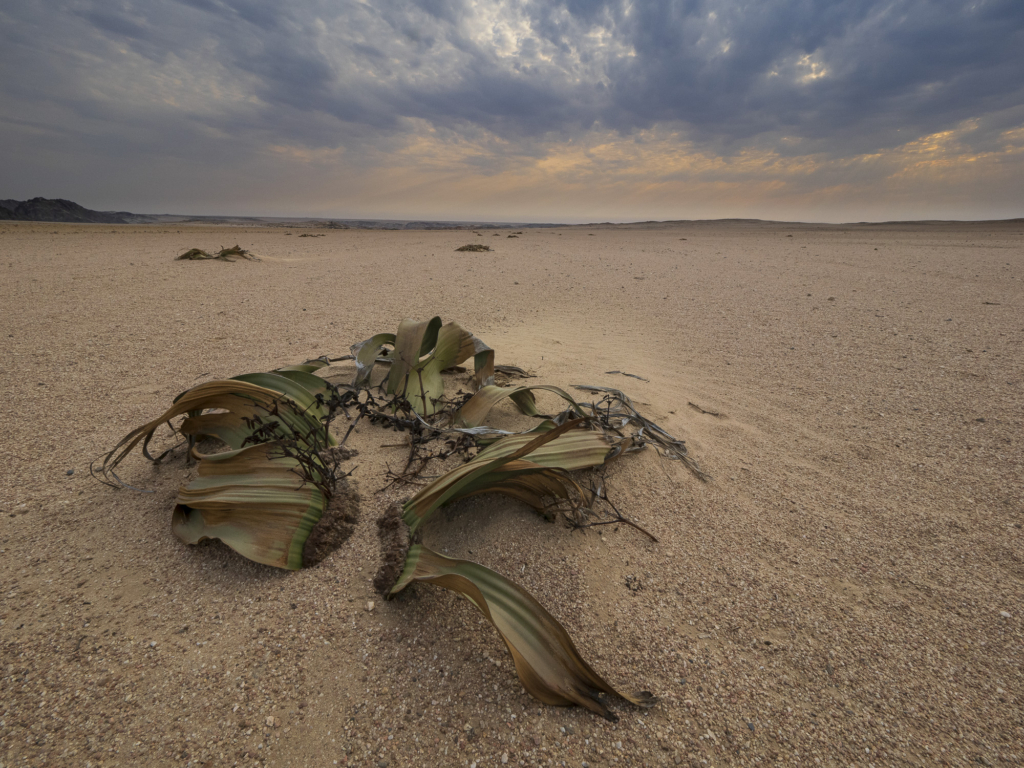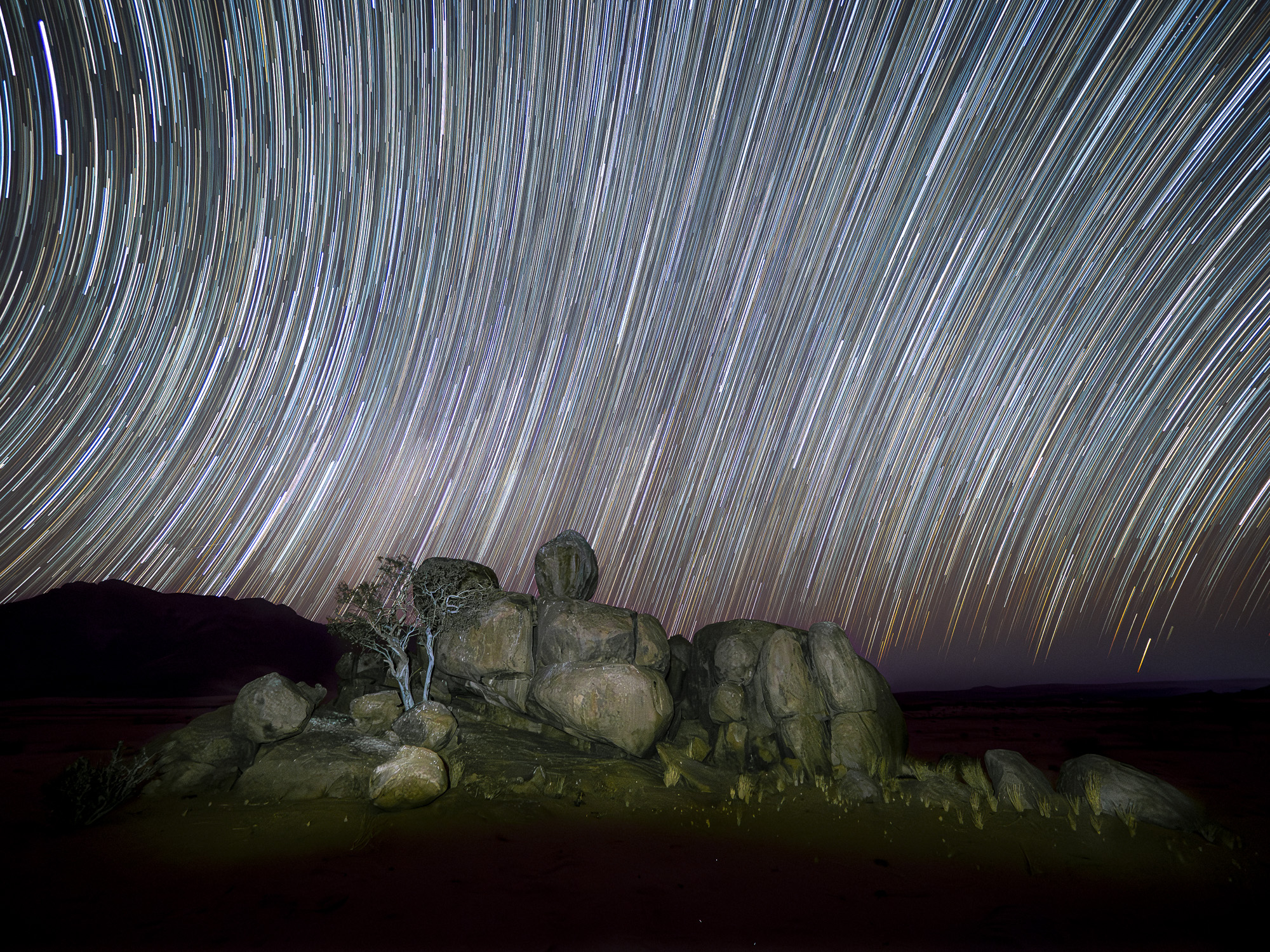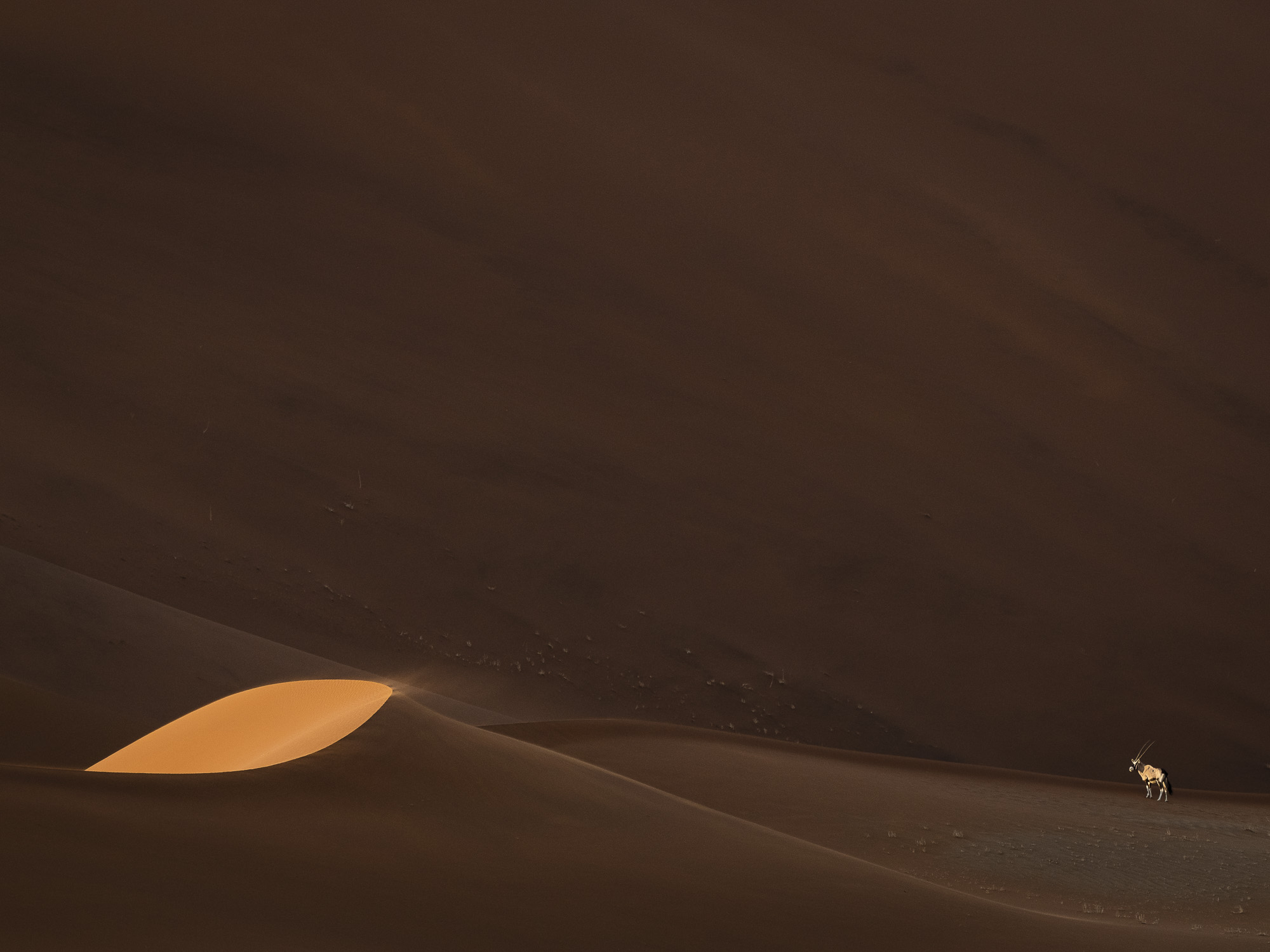Extend your tour with – Etosha, Wildlife-rich salt desert, Namibia 25th – 28th October 2025.
Read more here…
SOME HIGHLIGHTS
- Sossusvlei´s big red dunes
- Dead vleis dead trees
- Quiver tree forest – here will we photograph these beautiful trees under a fantastic starry sky
- The ghost town of Kolmanskop – here we photograph the abandoned buildings that the desert is reclaiming
- Photo safari in Dorob National Park where we look for the small animals of the desert, such as the Namib Dune Gecko, Shovel-Snouted Lizard, sidewinder and Namaqua chameleon
- The spectacular mountain Spitzkoppe, often referred to as “the Matterhorn of Namibia” and the famous “Rock arch of Spitzkoppe””
- Incredible opportunities to photograph starry skies in the Namib desert
- Welwitschia Mirabilis – one of the world´s oldest plant species
- Flamingos, pelicans and other birds in Walvis bay
- Beautiful rock paintings
- Our TWO photographic leaders will take you to their favorite spots and you will photographic tuition in a small group of likeminded
NAMIBIA…
…a place you thought couldn’t exist. Namibia, like no other, combines the spectacular with the endless and surreal. Vast, ancient and extremely sparsely populated, but here there is an incredible variety and combination of different environments and landscapes. Join us on a photographic adventure to this exciting country. Our trip will offer a wide range of spectacular photo opportunities, from landscape photography to animal photography (both large and small). The cities in Namibia are still characterized by German architecture and you can find wonderfully good apfel strudel in the city’s cafes.
NIGHT PHOTOGRAPHY & QUIVER TREE FOREST
We start our journey in Windhoek. From here we go south to Solitaire where we spend our first night. Here in the middle of nowhere will we find our first subjects to photograph, here we can find lots of old rusty cars and tractors. Perhaps we even make a first attempt on night photography. From Solitaire will we continue south to the Quiver Tree forest outside Keetmanshoop. Here we will spend two nights and we will photograph the fantastic Quiver trees during the day, but the highlight is being able to photograph them at night against an absolutely incredible starry sky. During the two nights we are here, we will work with slightly different types of images in the sky, of course where we see the Milky Way, but we will also photograph so-called star trail. The quiver tree or Kokerboom as it is called in southern Africa used to belong to the Aloe plants but is now in a different plant family. The tree is a large and branchy succulent that is only found in southern Africa and then especially in southern Namibia and the Northern Cape Province in South Africa.
KOLMANSKOP – GHOST TOWN
From fantastic trees we make our way further west in Namibia and to the coastal town of Lüderitz. This is our base for the next two nights. We will photograph the colorful and German-inspired architecture in the city, but above all we will spend time in the nearby ghost town of Kolmanskop. At the beginning of the 20th century there was a diamond rush in Namibia and the small town of Kolmanskop flourished. However, the search for diamonds was short-lived and already during the 1920s the city began to decay. These days the buildings are completely under the relentless control of the Namib Desert, slowly the desert is taking back. The buildings have become an incredibly exciting photo attraction and we will spend plenty of time here. With special permission, we will be able to photograph both in the early morning and late evening.
SOSSUSVLEI AND DEAD VLEI
Sossusvlei in the Namib-Naukluft National Park is our next stop on the tour. Some of the world’s highest sand dunes await us here. Beautifully ochre-coloured, they are wonderful subjects to photograph in the morning and evening light. The most famous dunes are Big Daddy, Big Mama and Dune 45. In Sossulvlei we also find Dead Vlei, the area was once an oasis with acacia trees but then the river changed its direction and the area dried out and the trees died. Today the trees stand as black relics. Sossusvlei offers fantastic landscape photography and in addition to the famous subjects, we will take you to lesser known places. To be able to be out in the National Park to photograph in the early morning light and late evening light, will we stay at one of the two lodges located inside the park. Hopefully the nights will also give us great opportunities for star photography.
DUNES, COAST AND THE SMALL FIVE
From Sossusvlei we make our way through the Namib Desert west towards the coast, more precisely to Swakopmund. With the city as a starting point, we will explore both the surrounding desert but also the coast. We will go out into the Dorob National Park and look for the small animals of the desert. With a little luck, we will have the opportunity to photograph both small geckos, chameleons, snakes and some of the other exciting animals that live in the desert. The sand in Dorob differs in color from the one we experienced in Sossusvlei, here the desert is yellow. During our days here, we will have the opportunity to photograph both sand dunes and other exciting desert environments. We will also see one of the world’s oldest plant species, Welwitschia Mirabilis, some of the plants here are estimated to be more than 1500 years old. The coast south of Swakopmund is a fine birding area. We will make our way to Walvis Bay and spend time with flamingos and loads of other birds. Our days here will also give us opportunities to photograph some coastal and beach scenery. We will choose photo location depending on the weather and tide, maybe will we go to Pelican point…
THE ROCK FORMATIONS OF SPITZKOPPE
We leave Swakopmund and head further on our tour. Our next stop is the area around the mountain Spitzkoppe. Often the mountain is referred to as “the Matterhorn of Namibia” because of its shape. In the surroundings of Spitzkoppe will we find lots of great opportunities for photography, beautiful rock formations and the famous rock arch of Spitzkoppe. We will stay inside the reserve to get access to the best light and also for night photography. Only lodging inside the reserve is self-catering so we will all help out cocking, the food will be more basic during these to days.
Namibia is a large country, and sometimes there are long distances between the places we want to photograph, we travel in four-wheel drive Toyota cars with substantial cargo spaces.
PHOTOGRAPHIC LEARNING
During the trip, we will have different photographic workshops where we will, among other things, go through different techniques to prepare for different types of photography that will come during the trip. We also look at image composition and each other’s images, all to develop your particular photography.
Itinerary
Day 1 (13/10) (Dinner)
Arrival to Windhoek midday and then travel to Solitaire. We have a welcome dinner in the evening.
Day 2 (14/10) (Breakfast – Lunch – Dinner)
After breakfast will we travel towards our first destination, the Quiver tree forest outside Keetmanshoop. We will arrive in early afternoon. Depending on what time it is when we arrive, there is an opportunity to take a first photo tour to the Quiver forest or we prepare for the star photography.
Day 3 (15/10) (Breakfast – Lunch – Dinner)
Depending on how late it was “yesterday”, we might sleep in today. We spend the day looking at the night’s pictures and see if we need to do anything differently the next night. During the afternoon and until dinner, we photograph in the forest and at the Giant’s playground. After dinner, we take another session of night photography.
Day 4 (16/10) (Breakfast – Lunch – Dinner)
During the morning we start our journey towards Lüderitz, we will make photo stops on the way. Along our route is an area with wild horses that are often seen along the road. With a little luck, we can get them within photo range. The road goes through the desert and the two national parks Sperrgebiet and Namib Naukluft. The trip takes about 4-5 hours depending on how much we stay. After dinner in the evening we go out to photograph more starry skies.
Day 5 (17/10) (Breakfast – Lunch – Dinner)
Today we will visit the ghost town of Kolmanskop. We have special permission that allows us to enter early in the morning. We expect to be there at sunrise and photograph for a couple of hours. In the middle of the day, we take it a little more calmly and we can walk around Lüderitz and photograph the colorful buildings. In the afternoon we take another trip to Kolmanskop.
Day 6 (18/10) (Breakfast – Lunch – Dinner)
We travel towards Sossusvlei and our lodge. Lunch on the way. After we’ve checked in and rested for a bit, we head out to take photos. We spend the afternoon and evening among the sand dunes of Sossusvlei.
Day 7 (19/10) (Breakfast – Lunch – Dinner)
We start the day early and we get to Dead Vlei in time to be able to photograph the area in the nice morning light. We have breakfast packs with us so we can focus on the photography. In the late morning/early morning we make our way back to our lodge and rest a bit. During the afternoon we head out again to experience Sossusvlei. Where we go depends a little on the weather.
Day 8 (20/10) (Breakfast – Lunch – Dinner)
Also today, will we start the day before sunrise. We head towards the area with the large sand dunes, but where we choose to focus our photography depends a little on our result from yesterday and weather conditions. In the morning we begin our journey towards Swakopmund. We travel through a barren desert landscape with few communities along the way. The afternoon and evening photography activities depend on when we arrive in Swakopmund, there are some interesting things along the way.
Day 9 (21/10) (Breakfast – Lunch – Dinner)
We start the day at a slightly more “normal” time today. We eat breakfast at our accommodation before being picked up around 7.30 by our guide who will take us out into the desert. All morning we are in the Dorob desert looking for the small animals of the desert. We hope to find many of the desert’s animals, our tour also provides opportunities for landscape photography in the dune landscape. During the afternoon and evening we go out into the desert to photograph Welwitchia and an area known as the lunar landscape. There is also an oasis here that we will visit.
Day 10 (22/10) (Breakfast – Lunch – Dinner)
Today we go a little south of Swakopmund, to Walvis Bay to explore the bird grounds that are here. Along the coast and in floodplains we find thousands of smaller flamingos and other funny birds. We will also go to what is called Pink lake. We will choose photo subject depending on the weather conditions and the tide, maybe will we go to Pelican point…
Day 11 (23/10) (Breakfast – Lunch – Dinner)
In the morning will we leave Swakpomund and head towards Spitzkoppe. We take a small detour to Cape cross and the large fur seal colony there during the morning. We then continue towards Spitzkoppe. We check in at our lodge and during the afternoon we go to photograph the fascinating mountain formations. If the conditions are right, we will photograph the starry sky when it is dark.
Day 12 (24/10) (Breakfast – Lunch – Dinner)
We start the day early and climb a rock formation to photograph the sunrise. We spend the day in the area and in the afternoon we go out to photograph the landscape again. Also tonight there are opportunities to photograph the night sky.
Day 13 (25/10) (Breakfast)
During the morning we get ready for departure to Windhoek airport or to Etosha National Park if you have chosen to come along on our extension trip there.
Photographic leaders
Henrik Karlsson, born in 1968, is a photographer, writer and conservation biologist.
Henrik has a degree as biologist and used to work with water and conservation issues.
He is an ambassador for OM SYSTEM and has been appointed as a National Geographic Explorer and is a member of the Swedish Nature Photographers Association (Naturfotograferna/N) as well as PhotoNatura. In 2003 he was awarded Naturfotografernas/N and Kodak’s scholarship. Henrik has also won awards in several European photo competitions.
Henrik has a wide selection when it comes to subjects to take images of and tell stories about. He will be more than happy to photograph everything from insects to the orchids in the forest or the great wild animals around the world. He has the whole world as his photographic field but is more and more drawn to Africas beauty and wildness.
Previously, Henrik worked as a guide in several Swedish Nature Reserves and National Parks. He is a frequent lecturer and an appreciated guide on photo courses and workshops. He also leads photo tours all over the world.
In 2011 Henrik self-published the book ”Mångfaldens ö – bilder och tankar från Ölands natur”, and the book ”Vilda Norden” was published in 2017. 2020 he published the book Ölands orkidéer and in 2021 Orkidéer på Gotland.
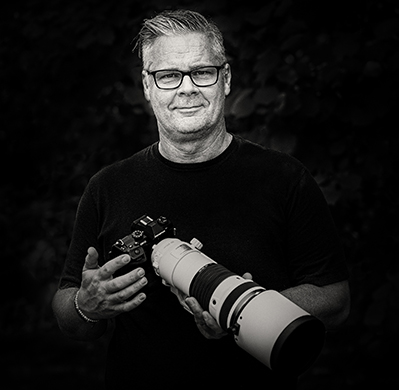
Frida Hermansson lives in Roslagen, Sweden. Frida has had a fascination and love for animals and nature since childhood. She also works as an AD and graphic designer and that has shaped her image creation.
In her photography, she is curious and constantly strives for new ways to portray her subjects, whether it is animals, landscapes or graphic details.
Frida has had several photo shows and exhibitions and also participated in SVT’s Mitt i Naturen, “The art of photographing nature”.
Frida’s pictures are published in Fotosidan Magasin, in articles and reports on Natursidan.se, the book “Experiences in Stockholm’s Nature”, and local press.
As a photographic guide on trips and workshops, Frida is passionate about sharing knowledge and inspiration, and the goal is always for the participants to come home with new knowledge, memorable experiences and really good pictures.
